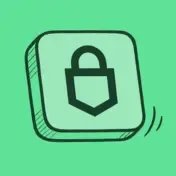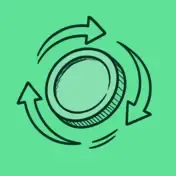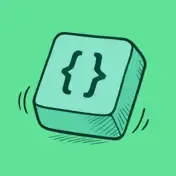All articles

Trezor devices
Device overview for new users
- Get started with the Model OneYour step-by-step Model One setup guide
- Get started with the Model TSet up your Model T step-by-step
- Introduction to the Trezor Safe 3Secure element meets open-source design

Trezor Suite
Manage everything securely
- Connecting to Trezor Suite for webUse Trezor Suite in Chrome browser
- Connect Trezor Suite to your nodeUse a custom Blockbook or Electrum server for more privacy and control
- Getting to know Trezor SuiteLearn how to navigate Trezor Suite

Backups & recovery
Understand how wallet backups work
- How to use a wallet backupYour funds are secured by your backup
- Move crypto to a wallet with a new wallet backupMigrate funds for improved wallet security
- Single-share Backup on TrezorSecure your wallet with a 20-word backup

Sending, receiving & staking funds
Securely move and control assets
- Move crypto to TrezorTransfer funds to your Trezor wallet
- How to choose the right networkPick the correct network before withdrawing
- Buy crypto in Trezor SuiteIntegrated secure crypto purchases

Third-party wallet apps
Use your Trezor with other wallets
- Backpack and TrezorUse your Trezor with Backpack wallet
- CoinPayments and TrezorConnect your Trezor to CoinPayments
- Electrum and TrezorConnect your Trezor to Electrum wallet

Trezorctl
Command-line access for advanced users
- Trezorctl on MacOSManage your Trezor from MacOS terminal
- Trezorctl on WindowsControl your Trezor from Windows terminal
- Udev rulesAllow Trezor access via Linux kernel
Stuck? We’ve got you covered.
Our support team and community are ready to assist you.
